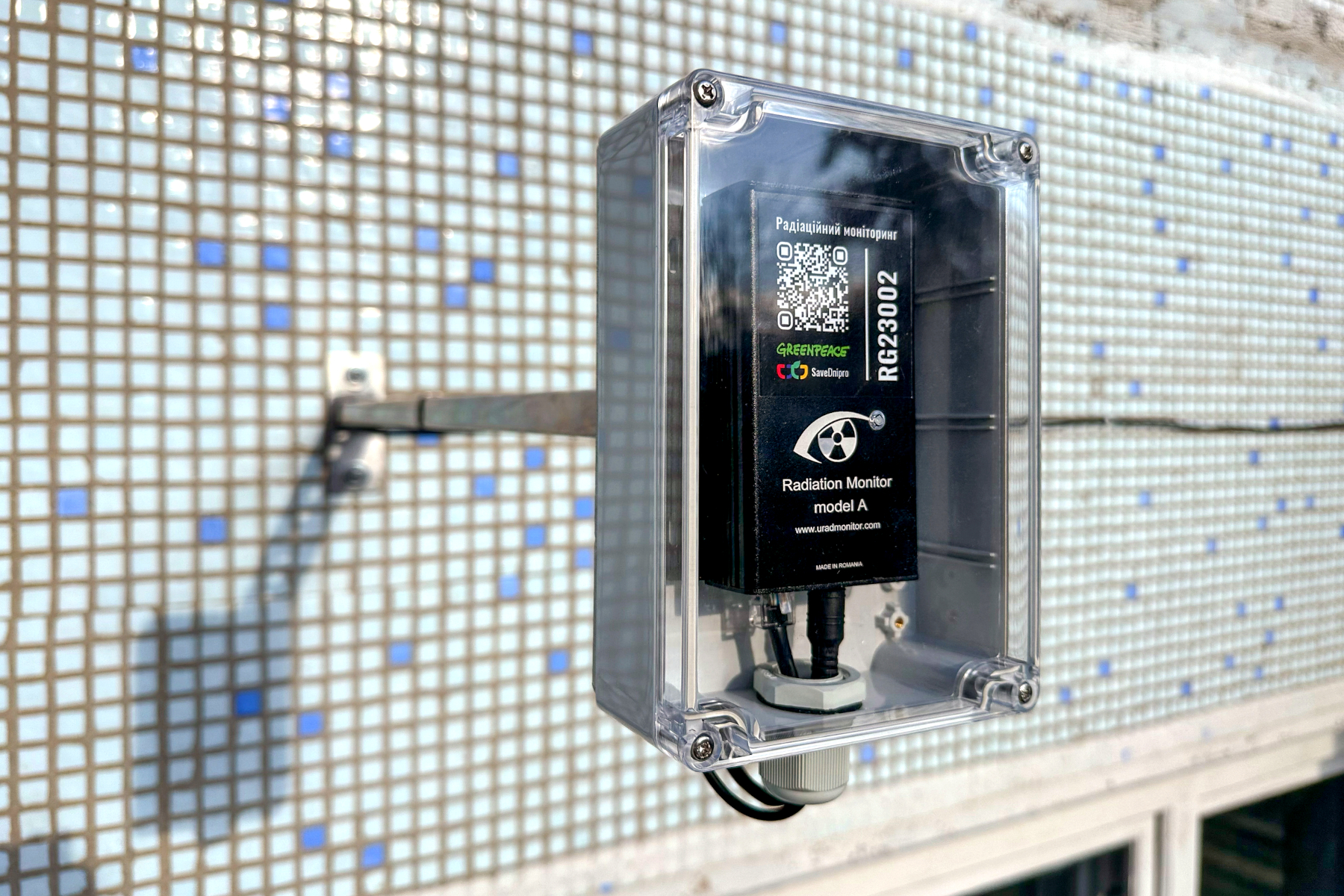
“Our radiation sensors can’t stop radiation, but they can provide vital information that can save lives in the possible event of a deliberate nuclear disaster. Having listened to the voices of local authorities and politicians across southern Ukraine, and following up on their efforts, Greenpeace is deeply committed to its work of supporting the Ukrainian population. By working hand in hand with local authorities and organisations, we are strengthening our capacity to monitor and respond to nuclear disaster risks together.” said Jan van de Putte, radiation specialist with Greenpeace Belgium and Greenpeace East Asia, at the Press conference of the Greenpeace Ukraine Radiation Monitoring project press conference (source) .
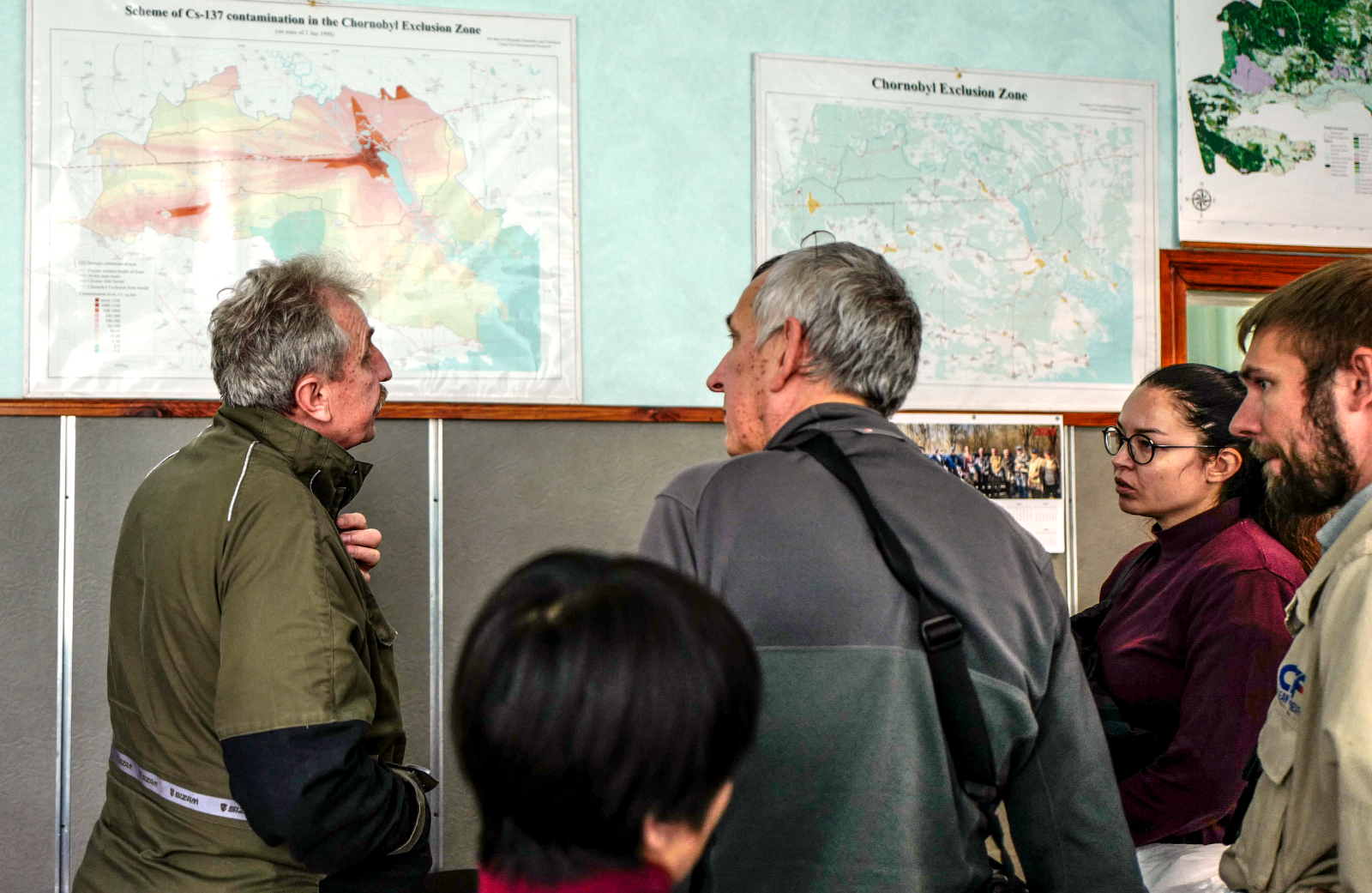
The statement follows the installation of sensors by Greenpeace Germany, Greenpeace Central and Eastern Europe, and Ukrainian environmental group SaveDnipro. These will provide vital information on radiation levels in Ukraine in the event of major nuclear contamination.
Some of the sensors were provided by uRADMonitor . A large number of uRADMonitor sensors was deployed, with a few more dozen following and currently being installed. These are the uRADMonitor MODEL A, that was previously been deployed in Ukraine by SaveDnipro and interconnected to the SaveEcoBot infrastructure for real time radiation monitoring and alerting. More information on the initial efforts is available on the blog (here, here and here). When Greenpeace stepped in, the deployment was scaled to a new level.
“Over the last 20 months of full-scale war, Russian forces have repeatedly attacked Ukrainian nuclear facilities and spread false information about radiation levels in Ukraine. This has sparked global concern about radiation safety in the country. To address this, there’s a need to develop independent online networks and more transparent radiation monitoring through civic projects like our SaveEcoBot. These efforts can help reassure the public about the normal radiation levels in Ukraine and, in case of potential threats, provide the government with more data for decision-making.” said Pavlo Tkachenko, technical director and co-founder of SaveDnipro.
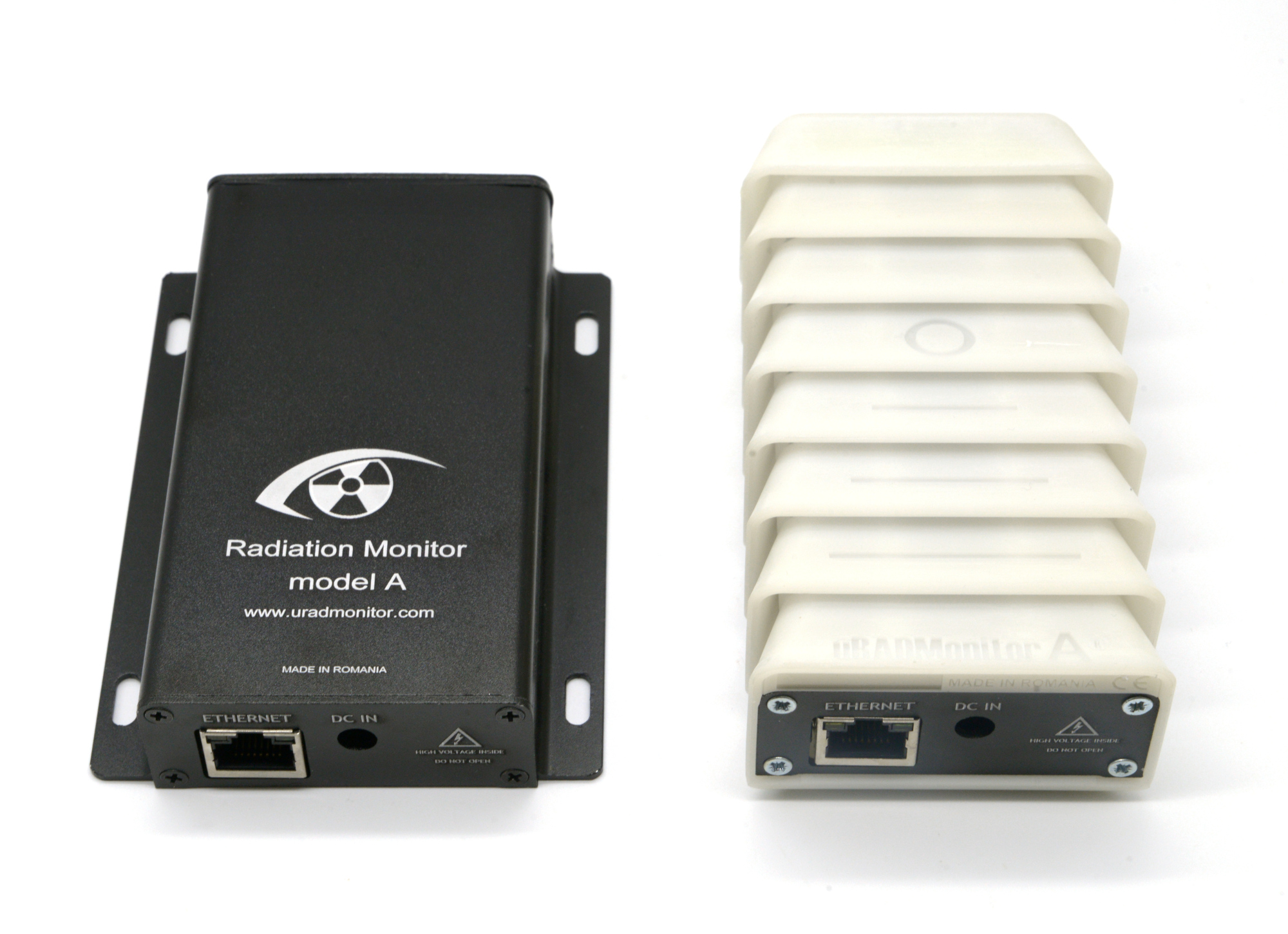
The MODEL A is a high quality, automated radiation dosimeter, in a rugged rainproof aluminium enclosure. It runs on little power and doesn’t need a computer. Measurements are transmitted automatically to the Internet using an Ethernet connection to your internet Router. It can be used an a remote automated radiation sensor and the data streams can be interfaced with other software systems.
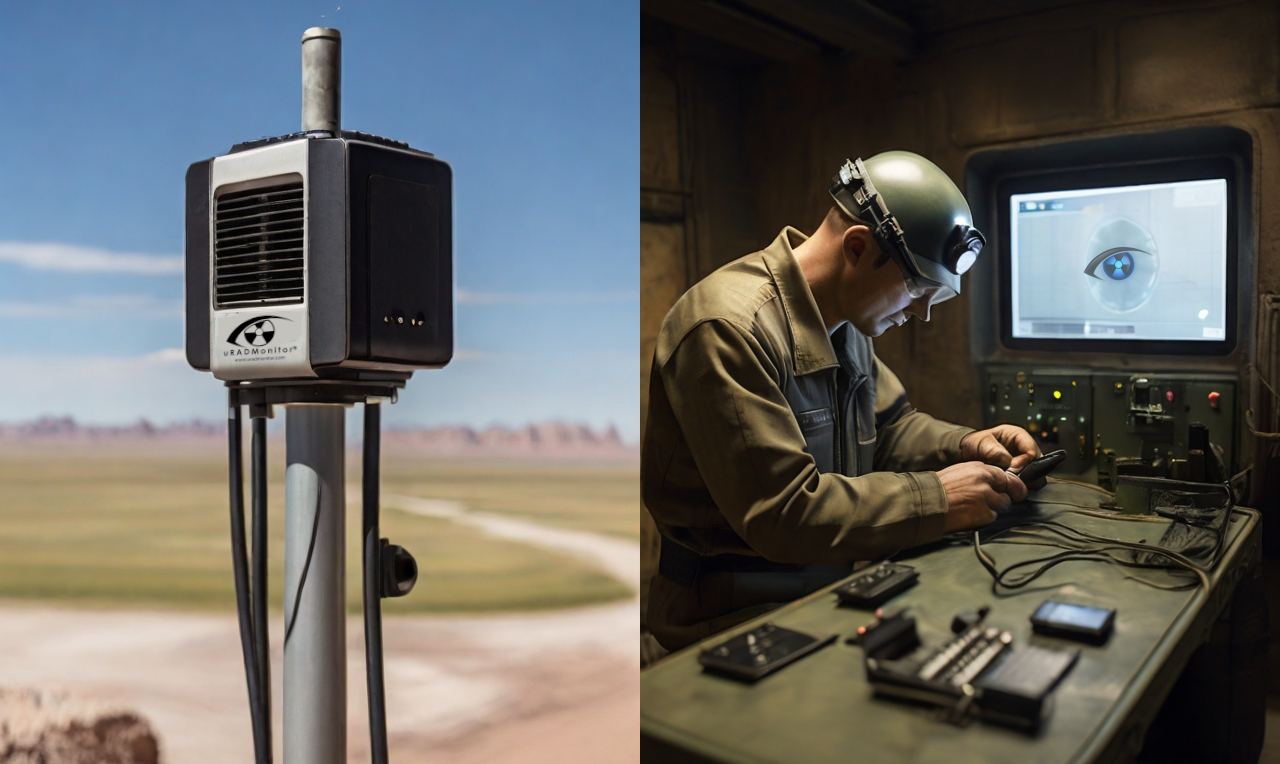
In simple terms it is a radiation sensor that you can put anywhere, it will work by itself and send you radiation measurements automatically, via the Internet. This approach is very safe, as you don’t need an operator on the field to manually collect data. The connectivity was used to link the uRADMonitor data with the SaveEcoBot platform automatically.
The uRADMonitor MODEL A was first been developed in 2014. Since then it saw multiple hardware revisions, contributing to the current version that comes with proven reliability, making it suitable for automated monitoring. The current version is the 9th. The radiation sensor inside the model A is a Geiger Counter coupled with a digital counter.
The Greenpeace project ended with a press conference where the team offered more information. A video recording is included below:
A word of ending
In the face of rising concerns about nuclear safety, many experts have highlighted the significant risks associated with a potential nuclear meltdown due to the war incidence and reckless russian actions . Any relatively small incident like a shell or a missile hitting the facility, displacing personnel or critical technicians, electric power disruptions, floods of the cooling systems or the opposite – the lack of water can lead to severe consequences. Immediate dangers include acute radiation sickness and the necessity for prompt evacuation in the affected vicinity. The long-term environmental impact is profound, with contamination of air, soil, and water posing persistent threats to ecosystems.
A critical concern is the increased risk of cancer among affected populations due to exposure to ionising radiation. Beyond health implications, a nuclear meltdown triggers economic fallout, disrupting industries and agriculture, while the subsequent cleanup and reconstruction efforts impose a substantial financial burden.
The transboundary nature of nuclear disasters introduces challenges in international relations, emphasising the need for global cooperation in managing and mitigating the consequences. Prevention and preparedness are paramount, where many experts have advocated for stringent safety protocols, regular inspections, and technological investments to minimize the risks associated with nuclear energy. The head of the U.N. nuclear power watchdog said that his inspectors had been denied access to parts of Ukraine’s russian-occupied Zaporizhzhia nuclear power station and had yet to receive 2024 maintenance plans for the facility, an outrageous situation that has lasted for months, being used an a cynical blackmail by the invaders. Any military action near a nuclear reactor carries significant risks and potential consequences, posing serious threats to both the immediate vicinity and the broader region.
As the world grapples with these potential risks, a global commitment to vigilance, transparency, and the highest standards of nuclear safety emerges as a critical imperative to safeguard the well-being of current and future generations. This is one of the messages highlighted by the deployment of the radiation sensors by the international team.
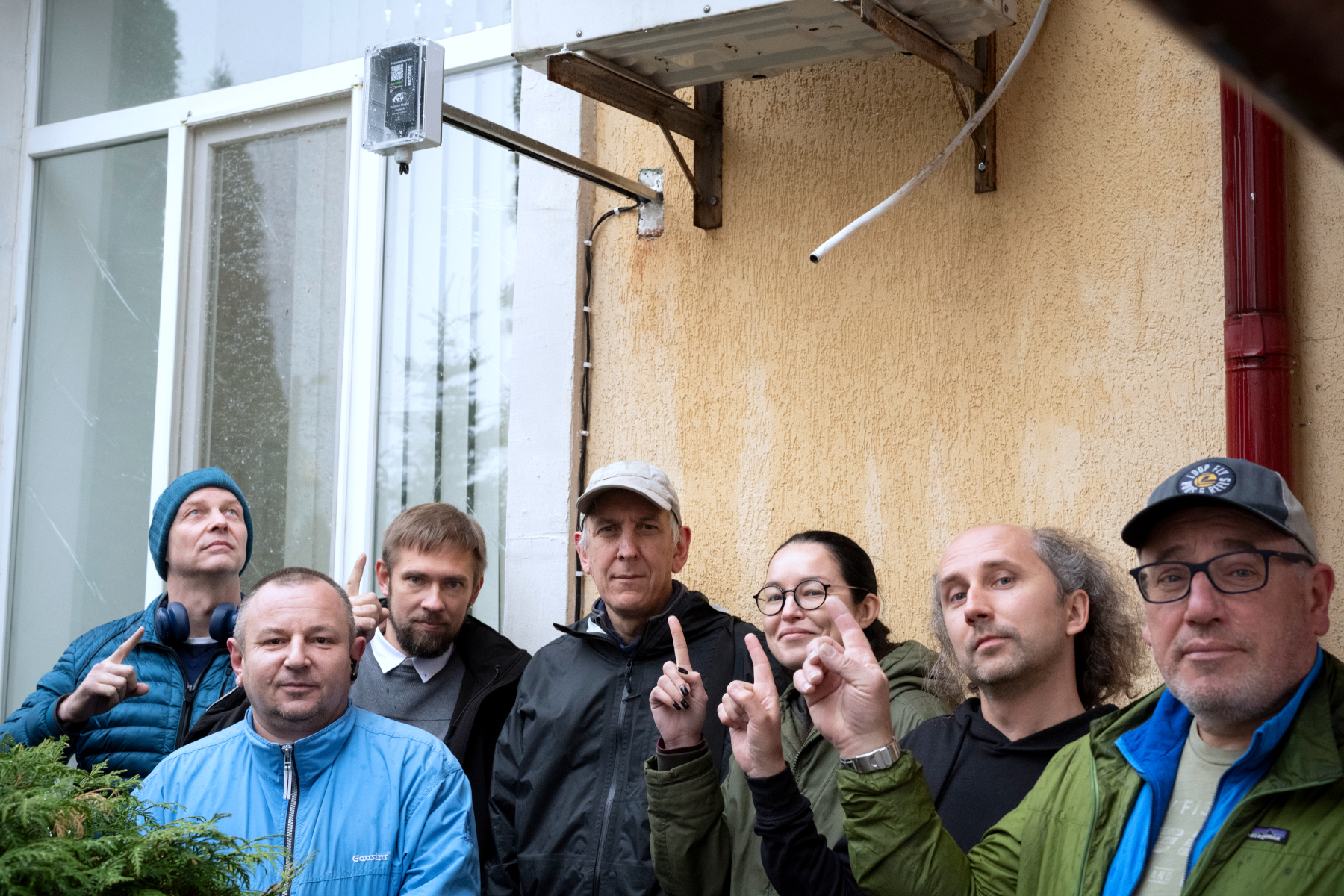
Sensors stamped “made in Romania” stand on guard on Ukrainian soil, confronting challenging weather conditions and the threat of bombardments. Their purpose is to provide remote decision-makers with up-to-the-minute radiation data, ensuring the most effective protection of lives.
This serves as a symbolic representation of our assistance and solidarity with the neighbouring state’s cause and a reminder of the sensitive nature of the crisis we all experience.
Photo credits: © Christian Åslund, Shaun Burnie / Greenpeace / Source Greenpeace media.
Contacts: Mattea Weihe, Greenpeace Germany press officer: mweihe@greenpeace.org and Pavlo Tkachenko, Save Dnipro technical director and founder: pavlo@savednipro.org
codemore code
~~~~